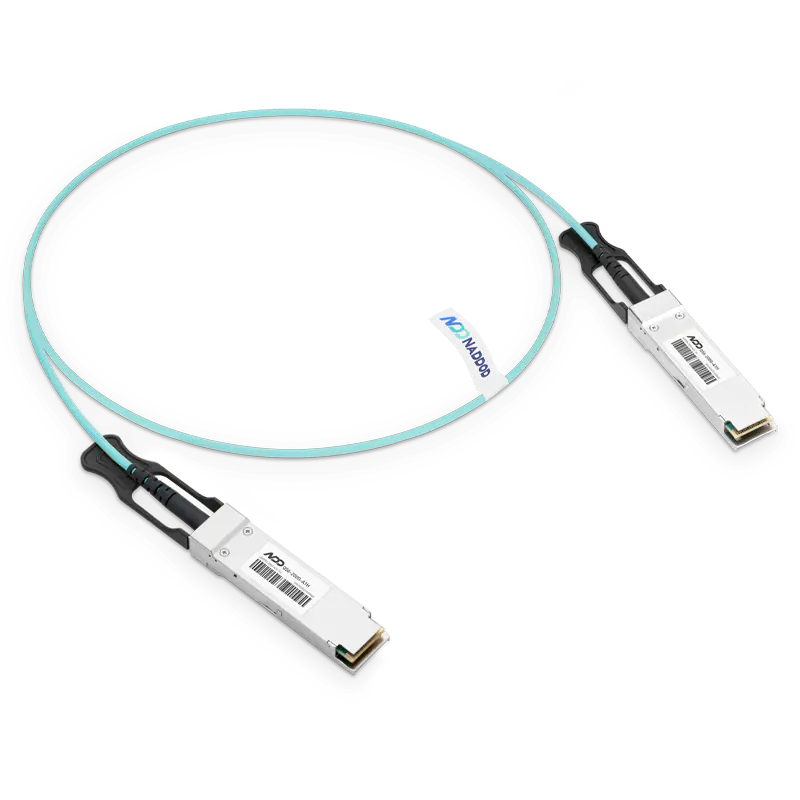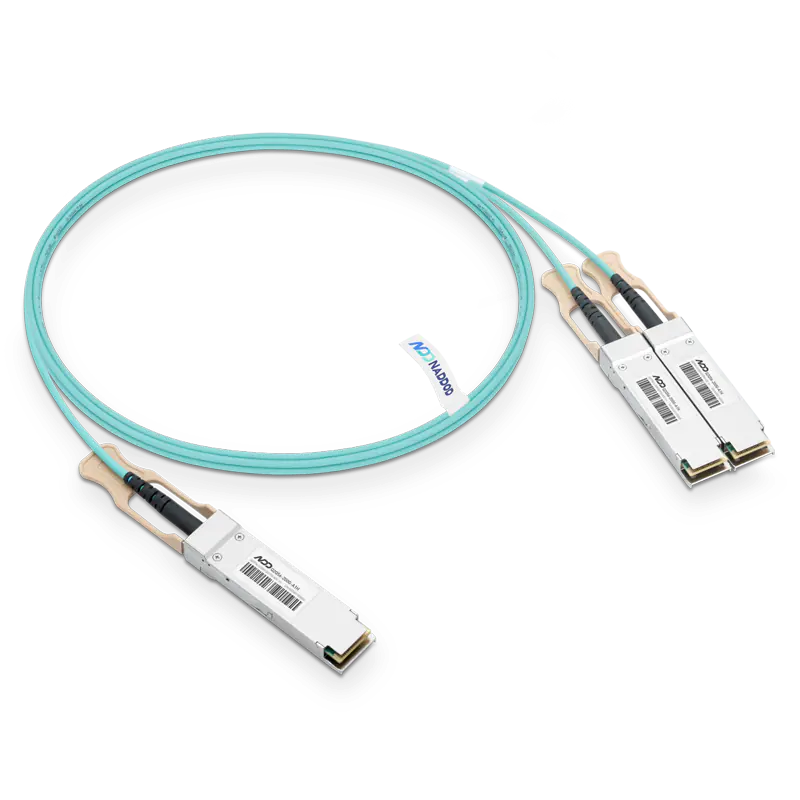Find the best fit for your network needs

share:
 800GBASE-2xSR4 OSFP PAM4 850nm 50m MMF Module
800GBASE-2xSR4 OSFP PAM4 850nm 50m MMF ModuleLearn More
Popular
- 1Perfect Solution for 25G Bidirectional ER 40km: 25G BiDi 1289nm/1314nm
- 2HPC Case Study: Nebulae Supercomputing Center
- 3InfiniBand Trend Review: Beyond Bandwidth and Latency
- 4The Key Role of High-quality Optical Transceivers in AI Networks
- 5Common Problems While Using Optical Transceivers in AI Clusters










































